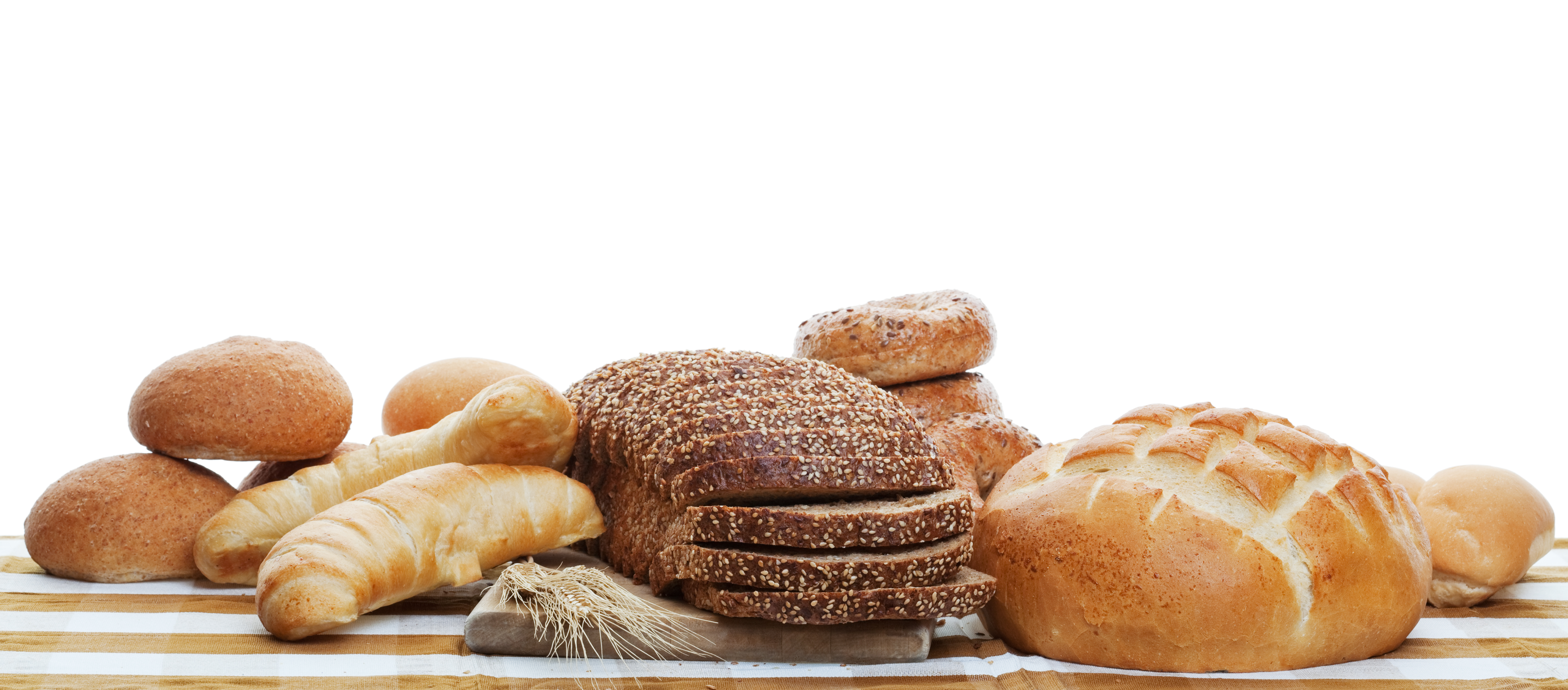
Even though wheat is one of the most controversial ingredients being used today, this worldwide staple food is the third-largest crop produced in the United States, following corn and beans. Wheat is mainly controversial because it contains a certain protein called gluten, which is known to cause a harmful immune response to some individuals. For those who can tolerate it, though, whole-grain wheat can be an amazing source of antioxidants, vitamins, minerals and fibers.
There are many varieties of wheat, but in the end, there are six main categories: Hard Red Winter, Soft Red Winter, Hard Red Spring, Durum, Hard and Soft White Wheat. The most common types of wheat are All-Purpose Flour, Bread, Pastry, Cake, 00 Flour, Spelt, Rye and Buckwheat. Naming these types of wheat comes from numerous factors such as which season it grew, the protein content, the gluten quality, and the grain color.
United States farmers grew close to 2.4 billion bushels of wheat within 63 million acres of land in 2008-2009. Just one acre of wheat can produce nearly 40 bushels of wheat on average, with just one bushel weighing 60 pounds and yielding 42 pounds of white flour per bushel.
Here are some grains of truth: Wheat is grown in 42 states, one bushel of wheat can make 42 pounds of pasta, the traditional bagel is the only bread product that is boiled before baked, and Kansas is the largest wheat producer in the United States.
With all the tons of different uses of wheat, it’s so hard to avoid. Personally, I’m a fan. A big fan of the baked goods like cookies, cakes, brownies and pastries. An even bigger fan of pastas and pizzas. Plus, endless varieties of bread: ciabatta, rye, baguette, focaccia, sourdough, banana bread, and even tortillas. My all-time favorite would have to be fresh biscuits and sausage gravy.
Gravy is one of my all-time favorites to make. Any type of gravy, honestly! But for my biscuits and gravy, I love a nice white, creamy, sausage gravy, with a little bit of Cajun heat. I start by making my roux – lightly melt your butter/shortening and add in your flour. Mix well until the flour is fully incorporated. Then you will continue with sauteing onions and peppers, adding the sausage. Add your cream and bring to a low heat – you do not want to scald or boil your gravy. Once the cream is up to heat, mix in the roux slowly and continue to stir until the gravy has thickened. Don’t forget to taste and season!
I’ll let you in on a little secret for when you’re making fresh biscuits … always use cold butter or shortening. The fat creates pockets in the biscuit dough, and as the fat melts in the oven while the biscuit is baking, CO2 from the butter or shortening will take its place so that the biscuits can rise. If the fat melts before the biscuits are done baking, then the CO2 will have nowhere to go except for outside of the biscuit, and the biscuit will be hard and flat. Butter adds more flavor, but the shortening will make a more tender biscuit because it does not contain water or milk fats. To get those layers in your biscuit, simply fold repeatedly and then cut them out. However, you want to handle the biscuit dough as little as you can. The more that it is pressed and folded, the more gluten will build up (causing a sticky dough), and the fat will not stay cold. A light touch is essential, so think of it like you’re handling a cloud!

If you have any questions or would like to discuss new ingredients, you can always feel free to chat. I love to work with any ingredients that I can get my hands on, and have explored many traditional and innovative alternative methods of cooking. So even if there’s something new that you would like to explore, we can go on that culinary adventure together!


